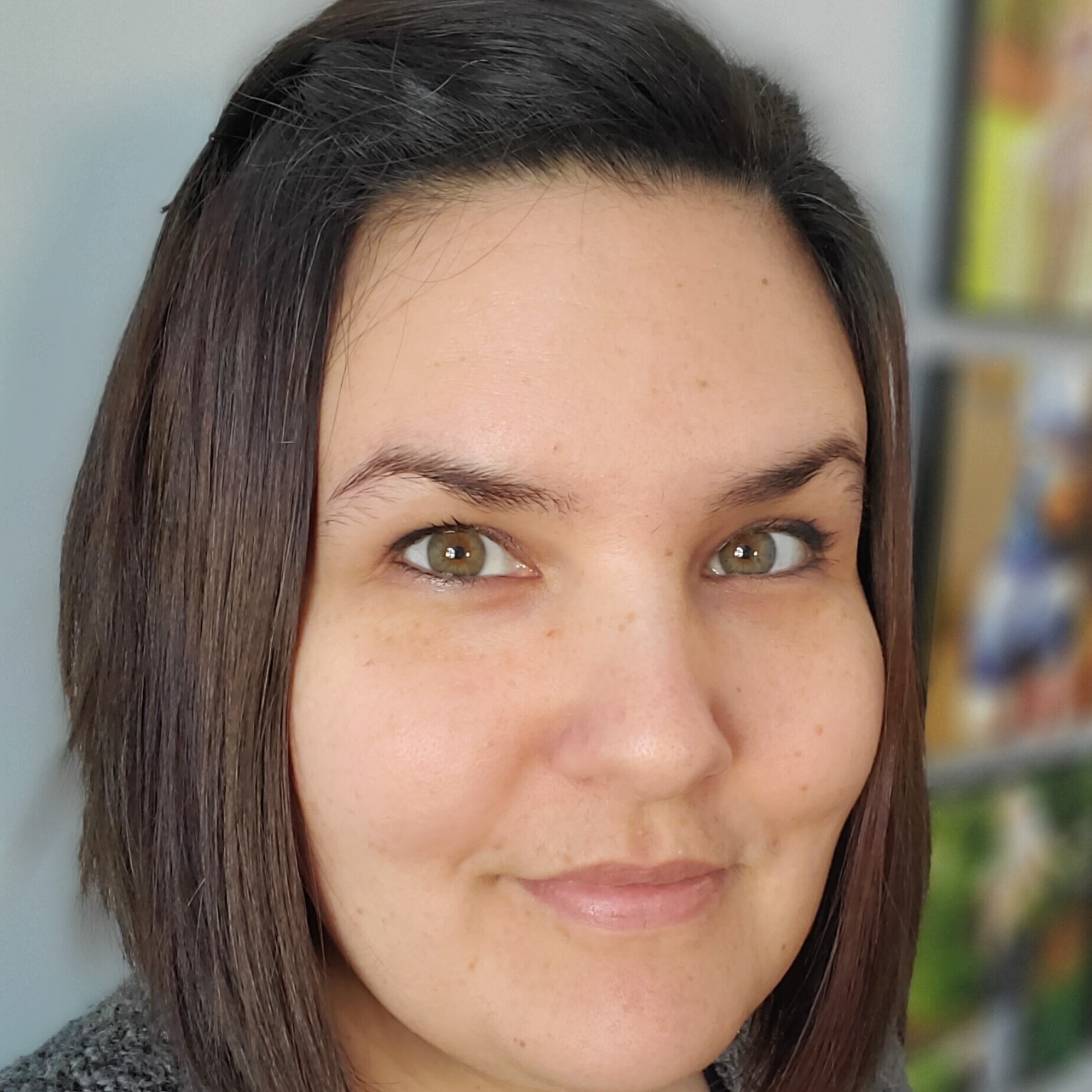How language was created: 7 fascinating theories

Have you ever wondered how language was created?
Human language has been around for roughly 150,000 to 200,000 years, and there are over 6,000 languages spoken today. But how did it all begin?
Of all the questions regarding human existence, this has to be one of the most frustrating ones. Language itself isn’t something you can see and touch. Archaeologists can’t just dig up languages to study their origins.
All we’ve got as far as understanding language development are theories—lots of theories.
Below, we explore some of the most interesting theories (some more convincing than others) about the origin of language, who created language and more. We’ll let you decide which ones you think hold the most weight.
- Bow-wow theory
- Divine origin theory
- Integration hypothesis
- Pooh-pooh theory
- Single gene mutation hypothesis
- Ta-ta theory
- Yo-he-ho theory
Learn languages at your pace
1. Bow-wow theory
Also known as sound mimicry, this theory developed by German philologist Max Müller was widely accepted about two centuries ago. Bow-wow states that language came from people copying nature and animal sounds; for example, a dog barking or water rushing down a river. Essentially, this theory asserts that language developed from onomatopoeias.
2. Divine origin theory
Once a widely accepted idea, the divine origin theory claims that language was given to humans as a gift from God. This would mean that human speech is as old as humans themselves. This theory is also closely connected to the idea that the whole world once spoke just one language, then eventually split off into different language families.
3. Integration hypothesis
Developed by MIT linguist Shigeru Miyagawa, integration theory is based on the idea that humans merged two systems from the animal kingdom to form language: expressive communication and lexical communication. Expressive communication, which, according to the theory, comes from birds’ songs, is related to human grammar. Lexical communication, used by monkeys, is said to be connected to humans’ vocabulary. An example of expressive communication is the song a male bird uses to protect its territory or attract female birds. Monkeys’ lexical communication includes alerting others of dangerous predators using alarm calls.
4. Pooh-pooh theory
The pooh-pooh theory is sometimes known as expressive theory, interjectionist theory or expressions of emotions theory. Supporters of this hypothesis by Max Müller believe that language developed from exclamations human beings made in response to things like excitement, fear and pain, such as “Ouch!” and “Ahh!”
Learn languages at your pace
5. Single gene mutation hypothesis
While famous linguist Noam Chomsky’s language origin theory is widely known, it’s also the subject of a lot of skepticism and criticism. Chomsky hypothesizes that language was created as the result of a single mutation in the human brain that occurred randomly. He says this mutation resulted in the capacity for complex thought, which, in turn, led to language development in a small group of Homo sapiens. From there, evolution and natural selection took over.
6. Ta-ta theory
This unique hypothesis was first suggested by Charles Darwin and expanded upon by Richard Paget. According to the ta-ta theory, gestures came before language. The belief is that humans would gesture with their tongues in a way that would imitate and support hand movements. A common example is that by saying “ta-ta,” your tongue is making the motion of waving goodbye. The basic idea is that these tongue gestures eventually gave way to speech.
7. Yo-he-ho theory
Those who buy into the yo-he-ho theory believe that language got its start from grunts and groans—specifically, the sounds people made when doing physical labor. Basically, workers would use rhythmic grunts and other sounds to coordinate themselves as they worked, and those sounds eventually turned into words.
How did language begin? You be the judge!
Okay, so how did languages develop? Well, that’s up for debate. Despite all the theories that exist, there isn’t a single one that can perfectly explain how language was created. So use this list as a starting point, do a little more research and find the theory that speaks to you (no pun intended).













